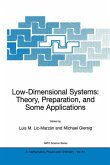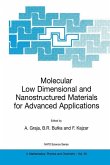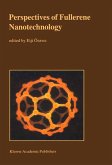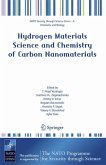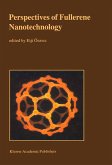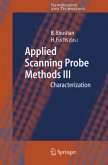This volume contains papers presented at the NATO Advanced Research Workshop (ARW) Dynamic Interactions in Quantum Dot Systems held at Hotel Atrium in Puszczykowo, near Poznan, Poland, May 16-19,2002. The term low-dimensional systems, which is used in the title of this volume, refers to those systems which contain at least one dimension that is intermediate between those characteristic ofatoms/molecules and those ofthe bulk material. Depending on how many dimensions lay within this range, we generally speak of quantum wells, quantum wires, and quantum dots. As such an intermediate state, some properties of low-dimensional systems are very different to those of their molecular and bulk counterparts. These properties generally include optical, electronic, and magnetic properties, and all these are partially covered in this book. The main goal of the workshop was to discuss the actual state of the art in the broad area ofnanotechnology. The initial focus was on the innovative synthesis of nanomaterials and their properties such as: quantum size effects, superparamagnetism, or field emission. These topics lead us into the various field based interactions including plasmon- magnetic spin- and exciton coupling. The newer, more sophisticated methods for characterization of nanomaterials were discussed, as well as the methods for possible industrial applications. In general, chemists and physicists, as well as experts on both theory and experiments on nanosized regime structures were brought together, to discuss the general phenomena underlying their fields ofinterest from different points ofview.


